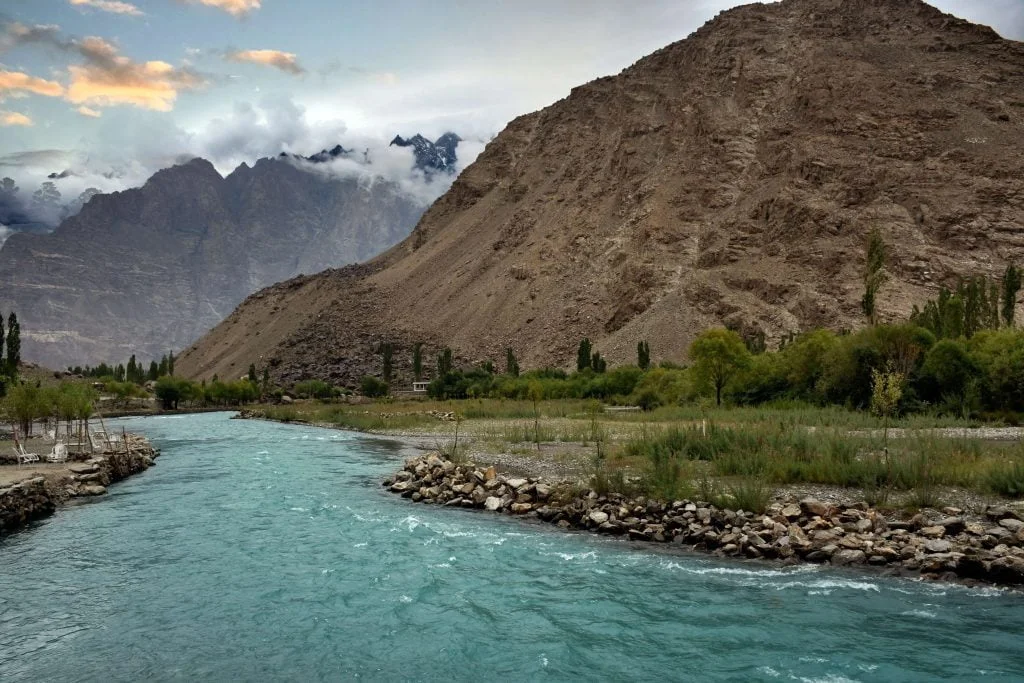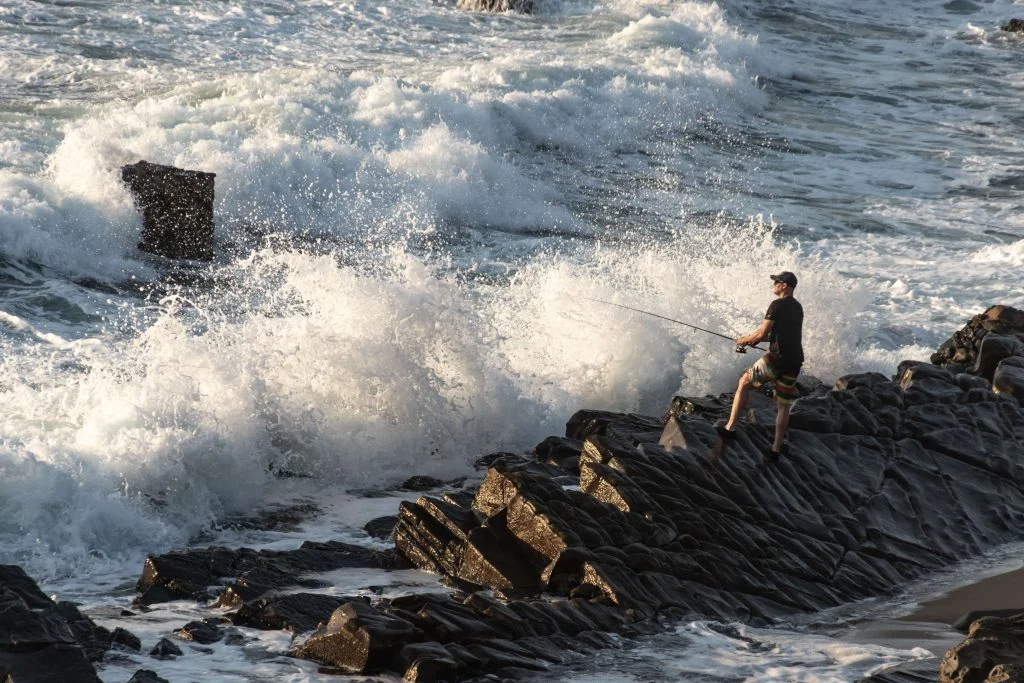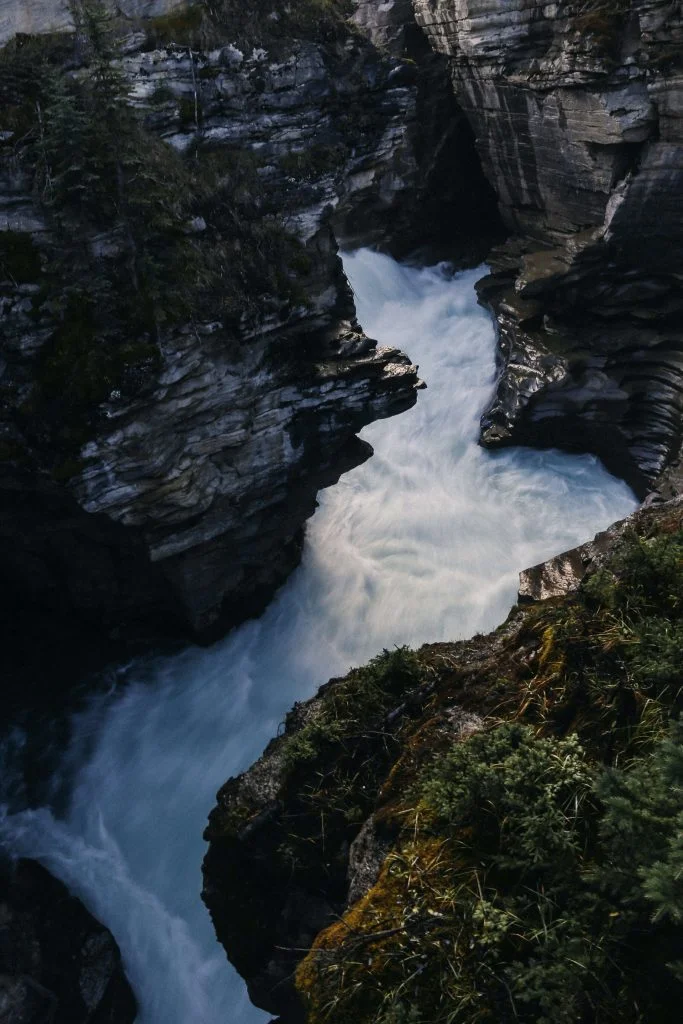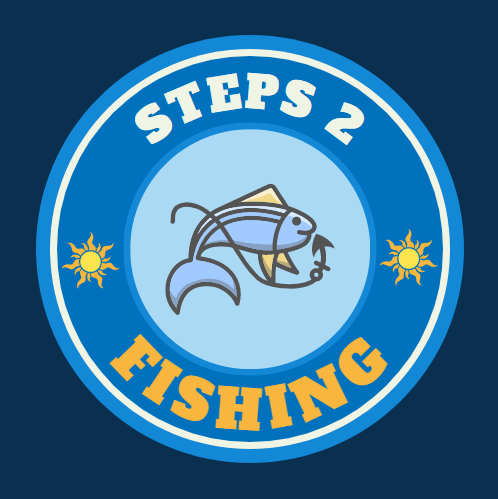
Trout fishing in fast-moving water is an exhilarating and challenging experience for enthusiasts. The current rush and the trout’s agility create an adrenaline-filled adventure. This article will explore strategies, techniques, and requirements for a successful trout fishing excursion in fast-moving water. Whether you are a seasoned angler or a beginner, this guide will help you make the most of your fishing trip.
Trout Fishing in Fast-Moving Water
Trout fishing in fast-moving water involves targeting trout species that thrive in rivers, streams, and other water bodies with swift currents. These environments provide trout with ample oxygen and a steady supply of food. Fast-moving water offers unique challenges, requiring anglers to adapt their techniques and equipment accordingly.

Strategies to Fulfill the Task
To successfully catch trout in fast-moving water, consider the following strategies:
Study the Water Currents
Understanding the flow patterns and structure of the water is crucial. Look for areas with eddies, riffles, and pockets where trout will likely hold.
Use the Right Equipment
Lightweight rods and reels with a high gear ratio are essential for maneuvering in fast currents. Use sturdy fishing lines with a low diameter to reduce drag and enhance sensitivity.
Select Appropriate Lures and Baits
Choose lures and baits that mimic trout’s natural prey in fast-moving water. Spinners, spoons, and streamer flies are popular choices.
Employ Effective Casting Techniques
Master techniques like roll casting and reach casting to place your bait or lure in the desired location accurately. Adjust your casting angle to work with the current and present your bait naturally.
Practice Stealth and Patience
Approach the fishing spot quietly and avoid causing disturbances that may scare off the fish. Be patient and persistent, as trout in fast-moving water can be more cautious.

Making the Adventure More Memorable
To make your trout fishing adventure in fast-moving water truly memorable, consider the following tips:
Embrace the Surroundings
Take a moment to appreciate the beauty of your surroundings. Fast-moving water often flows through scenic landscapes, allowing you to connect with nature.
Learn About Local Flora and Fauna
Familiarize yourself with the local plants, trees, and wildlife. Spotting unique species and observing their behaviors adds an extra dimension to your fishing experience.
Document Your Journey
Capture your memories through photographs or a journal. Share your experiences with fellow anglers or use them as inspiration for future fishing trips.
Basic Requirements for Trout Fishing in Fast-Moving Water
To ensure a successful trout fishing expedition in fast-moving water, make sure you have the following essentials:
Fishing License
Check local regulations and obtain a valid fishing license to comply with legal requirements.
Waders and Boots
Invest in breathable waders and sturdy boots to stay dry and comfortable while navigating the water.
Tackle Box
Carry a well-equipped tackle box with various lures, hooks, sinkers, and other fishing accessories.
Fishing Gear Maintenance Tools
Pack basic tools like pliers, line clippers, and spare fishing lines for gear adjustments or repairs.

Fishing Techniques for Fast-Moving Water
When fishing in fast-moving water, employ these effective techniques:
Drift Fishing
Drift Fishing allows your bait or lures to drift naturally with the current, imitating the movement of prey and enticing trout to strike.
Nymphing
Use weighted nymphs or small baitfish imitations and adjust your depth to match the trout’s feeding level.
Streamer Fishing
Retrieve streamer flies across the current, simulating an injured baitfish and triggering aggressive strikes from trout.
High-Sticking
Keep your rod vertical and minimize slack in your line to maintain better control and detect subtle strikes.
The Allure of Trout Fishing in Fast-Moving Water
Trout fishing in fast-moving water captivates anglers for several reasons:
Exciting Challenges
The fast-paced nature of fishing in swift currents presents a thrilling challenge that tests an angler’s skills and adaptability.
Aggressive Strikes
Trout in fast-moving water exhibit aggressive feeding behavior, resulting in more frequent and energetic strikes.
Trophy Opportunities
Fast-moving water often harbors larger trout that have adapted to their dynamic environment. Landing a trophy-sized trout is a rewarding achievement.
Choosing the Best Location
Finding the ideal location for trout fishing in fast-moving water requires careful consideration:
Research Local Fishing Spots
Consult local fishing guides, online resources, or fellow anglers to discover popular locations known for their trout populations.
Study River Topography
Look for features like deep pools, undercut banks, and submerged rocks, which provide trout with shelter and feeding opportunities.

Consider Accessibility and Safety
Evaluate the ease of access, parking availability, and potential hazards associated with the fishing spot.
Optimal Time for Trout Fishing
Timing plays a crucial role in the success of your trout fishing adventure in fast-moving water:
Early Morning and Late Evening
Trout are more active during low-light conditions, making early morning and late evening prime fishing times.

Favorable Weather Conditions
Overcast days, light rain, or slightly cloudy weather can trigger feeding behavior in trout, increasing your chances of a successful catch.
Conclusion
Trout fishing in fast-moving water offers a thrilling and rewarding experience for anglers of all levels. By employing the right strategies, techniques, and equipment, you can increase your chances of a successful catch. Remember to respect nature, adhere to local regulations, and enjoy the beauty of the surroundings. Embark on your trout fishing adventure confidently and create memories that will last a lifetime.
FAQs
Q1. Can I trout fish in fast-moving water without a fishing license?
A1. No, obtaining a valid fishing license before engaging in trout fishing is essential to comply with local regulations.
Q2. What kind of lures work best for trout fishing in fast-moving water?
A2.Spinners, spoons, and streamer flies are popular lure choices that mimic natural prey and attract trout in fast-moving water.
Q3. How should I approach a fishing spot in fast-moving water?
A3. Approach the spot quietly, avoid disturbances, and maintain a low profile to prevent scaring off the fish.
Q4. What should I do if I hook a large trout in fast-moving water?
A4. Keep your line taut, maintain control over the fish, and maneuver it towards calmer waters to prevent it from using the current to escape.
Q5. Are there any specific safety precautions I should take while trout fishing in fast-moving water?
A5. Always wear appropriate safety gear, such as a life jacket, and be cautious of the water’s strength and potential hazards.


Leave a Reply